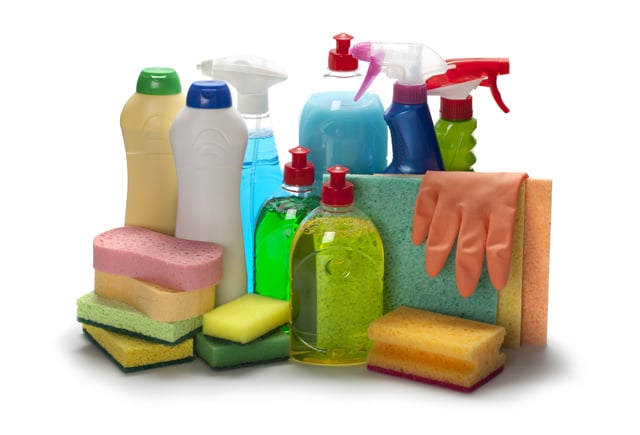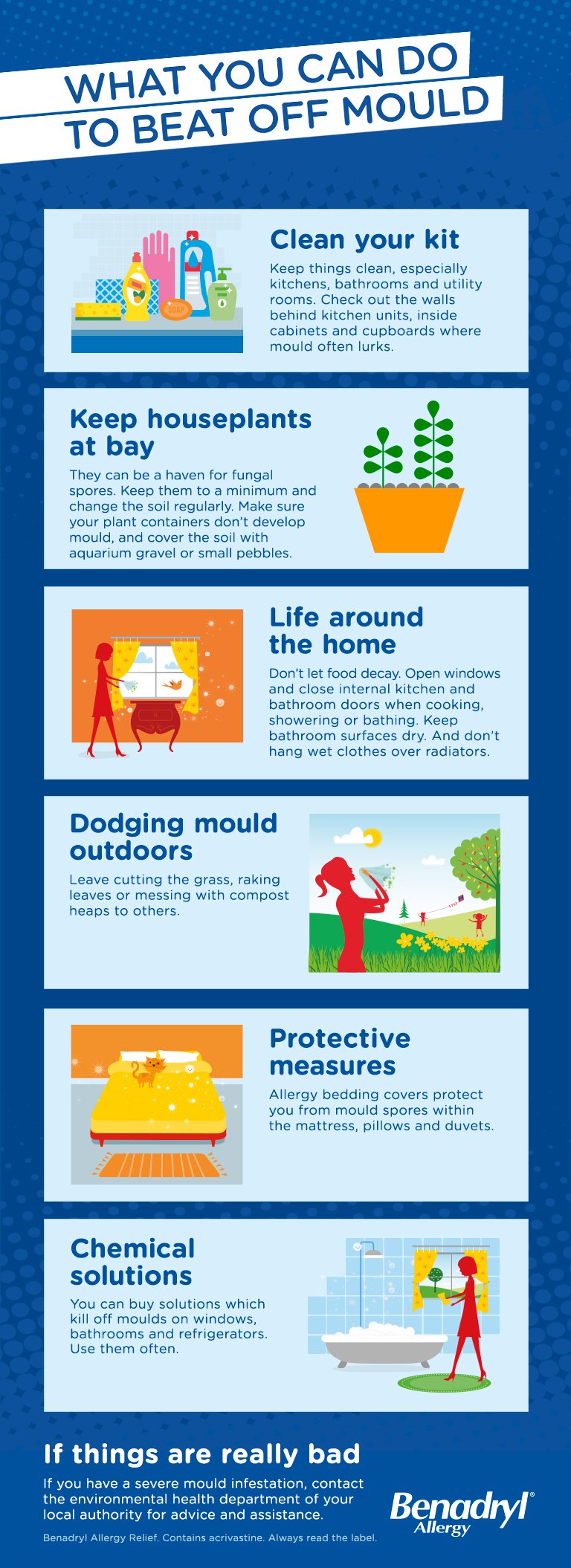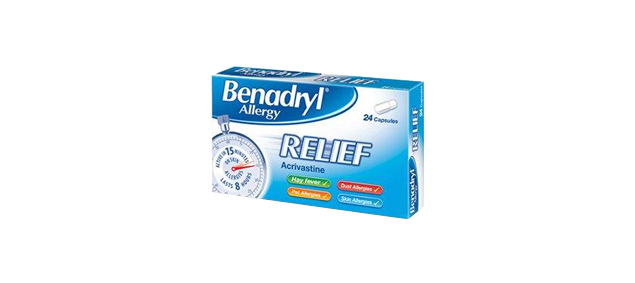Tips for handling dust mites
Textiles
Minimize carpeting. Hard-surface flooring throughout your home is preferable.
Invest in technology
You can purchase specially made mattress and pillow protectors which guard against the mites.

Clean regularly
Regularly clean, dust with a damp cloth, and wait for dust to settle before you vacuum.
Prepare
Wash sheets and blankets in hot water at least once a week.
Prevent
Install a HEPA filter for air filtration and use a HEPA filter vacuum cleaner to filter out dust mites that live in your home.
Establish a routine
Professional steam cleaning of carpets is an effective way to reduce allergens. It’s best to do this as part of your spring cleaning routine, before the start of allergy season.

Tips for reducing indoor mould
Air quality
Keep humidity levels low with air conditioners and dehumidifiers.
Textiles
Avoid carpets and rugs in your home. If you do have some, low pile is best and steam clean them regularly.

Invest in technology
Mould spores are exceptionally tiny and not readily trapped by standard air filters. To reduce airborne mould spores, install a HEPA air filter. It is capable of trapping air particles such as pollen, dust mites, mould, and pet dander through a fine filter. It will significantly reduce airborne particulate matter in your home.
Prepare
When vacuuming, sweeping, or doing other housework around the house, you can kick up a lot of mould and dust build-up. Wear a mask to reduce your exposure. For hard-surfaced floors, sweep first, and then dampen them to minimize the dust floating in the air. Use re-usable micro-fiber cleaning cloths.
Prevent
Use cleaning solutions designed to kill mould and mildew.
Monitor
Check your home for visible leaks or moisture. Mould has a distinctive smell that may tip you off to a growth area. Check bathrooms, furnace rooms – any area that is poorly ventilated, dark, and has the potential to be damp – as they are breeding grounds for mould.
If you are still suffering from an indoor allergy you may require medication, Find out more about the allergy treatment options available to you.

Want allergy relief?
Take the quiz to find the right product to help treat your allergy symptoms.

